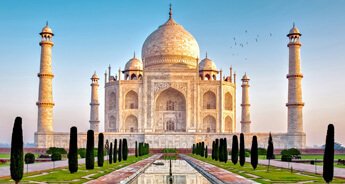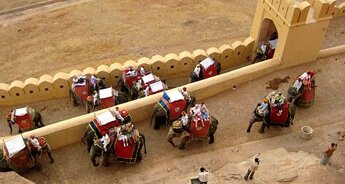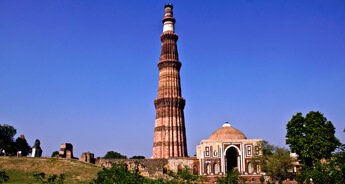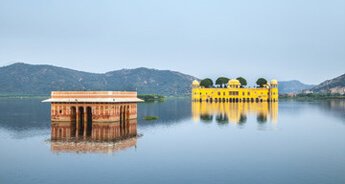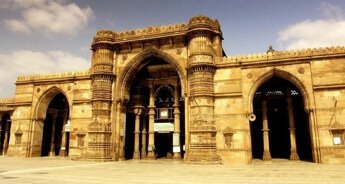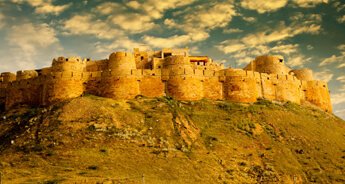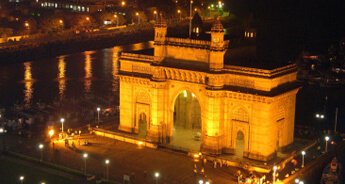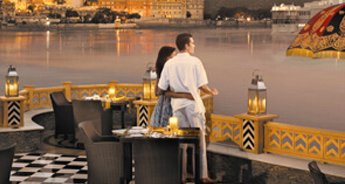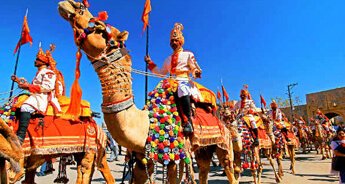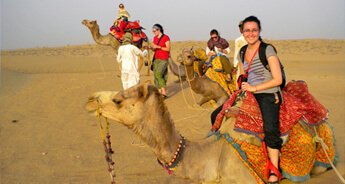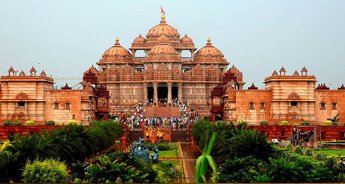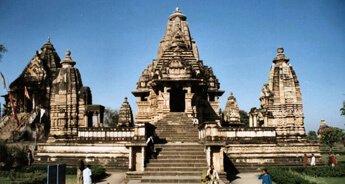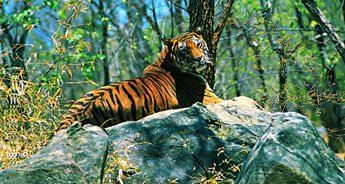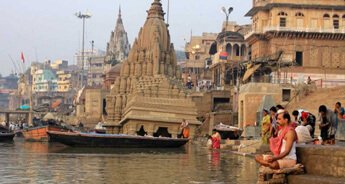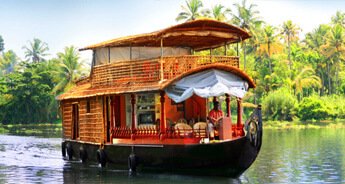Delhi
Post breakfast, we shall enjoy full day sightseeing of Delhi. We would drive past the Red Fort, which is an elegant citadel in red sandstone built on the bank of the River Yamuna. Built in 1638, the fort is the reminder of the magnificent power and pomp of the Mughals. Inside is a treasure of buildings, including the Drum House, the Hall of Public and Private Audiences, the Pearl Mosque, Royal Baths and Palace of Color. (It remains closed on Mondays). Following would be the place we will visit during our Delhi sightseeing tour:
Jama Masjid: Reckoned to be the largest mosque in India, Jama Masjid with a courtyard capable of holding 25,000 devotees is indeed a place to see in Delhi. Built by Shah Jahan, this highly decorative mosque has three great gates, four towers and two 40 m-high minarets constructed of strips of red sandstone and white marble. The interior of the prayer hall is divided into aisles by arches. The walls and floors are made of marble inlay panels.
India Gate: Situated at the centre of New Delhi, India Gate stands 42 m high and is an important monument to see in Delhi. Almost similar to its French counterpart ‘Triomphe de Arc’, it commemorates the 70,000 Indian soldiers who lost their lives fighting from the British end during World War I. Under the arch, the ‘Amar Jawan Jyoti’ commemorates Indian armed forces soldiers who lost their lives in the Indo-Pakistan war of 1971.
Govt. Buildings: There are number of l government buildings and official residences reminiscent of the British colonial architecture in New Delhi. We shall also drive past few of them, like The Parliament House and the Rashtrapati Bhawan.
Raj Ghat: A memorial to Mahatma Gandhi, Raj Ghat is a black marble platform that marks the spot of Mahatma Gandhi’s cremation, on 31 January 1948, a day after his assassination. A stone footpath flanked by lawns leads to the walled enclosure that houses the memorial and where an eternal flame burns perpetually at one end here.
Humayun Tomb: One of the most visited monuments, Humayun’s Tomb is known for its unique Indo-Islamic architectural styles. This magnificent garden tomb is the first substantial example of Mughal architecture in India and was built in 1565 A.D. The most notable features of the monument are the garden squares (Charbagh) with pathways water channels that are centrally located and are topped by double dome.
Qutub Minar: Soaring 73 m-high, Qutub Minar built in 1193 by Qutab-ud-din Aibak is one of the best historic sites to see in Delhi. The tower is a five-storeyed and each of it is marked by a projecting balcony. The first three storeys are made of red sandstone; the fourth and fifth storeys are of marble and sandstone. At the foot of the tower is the Quwwat-ul-Islam Mosque, which is said to be the first mosque to be built in India. A 7 m-high iron pillar stands in the courtyard of the mosque. It is believed that if you can encircle it with your hands while standing with your back to it your wish will be fulfilled. Overnight at the hotel.























